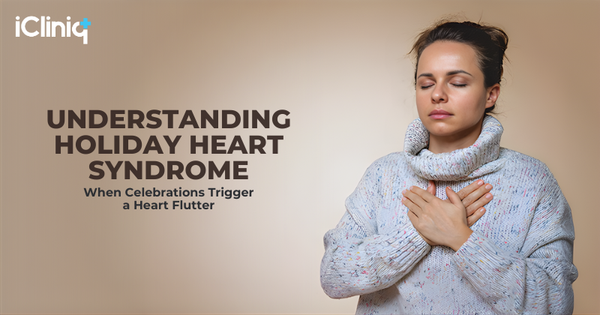Allergy Symptoms vs COVID-19 Symptoms

Allergies are conditions that result from undesirable reactions of the immune system to otherwise harmless substances in the environment. Such allergic responses commonly result in a runny nose and nasal congestion, but usually do not result in a fever, which is the common symptom with coronavirus. There are several differences between the symptoms of COVID-19 (Coronavirus Disease-2019) and allergies, even though some symptoms might overlap.

Symptoms Of Coronavirus

According to the CDC (Centers for Disease Control and Prevention), the reported symptoms of COVID-19 in infected patients are ranged from mild to severe, and can also be fatal. The time taken for the body to show symptoms after being exposed to the virus (incubation period) is 2 to 14 days. A person can develop any or all of these following symptoms within 2 to 14 days:
1. Fever.
2. Cough.
3. Shortness of breath.
4. Body aches.
5. Headache.
6. Fatigue.
7. Loss of taste or smell.
8. Soreness of throat.
9. Nausea or vomiting.
10. Diarrhea.
The new coronavirus (SARS-CoV-2) is spread through close personal contact with an infected person’s respiratory droplets. These droplets are generated when the infected person coughs, sneezes, or talks. Wash your hands, maintain strict social distancing, and wear a cloth face covering while in public to prevent the spread of the virus.
Symptoms Of Allergies

Allergy symptoms range from mild to severe and can occur seasonally. The following are the most common symptoms:
1. Sneezing.
2. Runny nose.
3. Nasal congestion.
4. Watery and itchy eyes.
5. Itchy throat.
6. Ear congestion.
7. Post-nasal drainage.

The following are the less common symptoms:
1. Headache.
2. Wheezing.
3. Breathing difficulties.
4. Coughing.
Allergies, unlike viral infections, are not contagious. There are medications available to treat your symptoms, and immunotherapy can be used to prevent such allergic reactions.
Differences Between Allergies and COVID-19:






